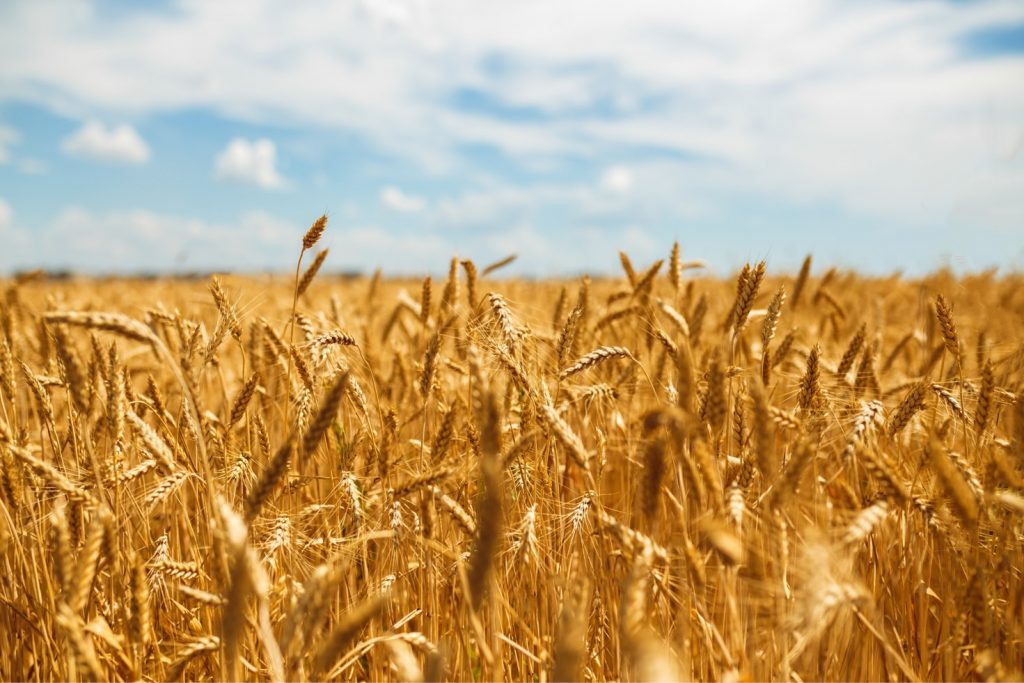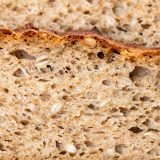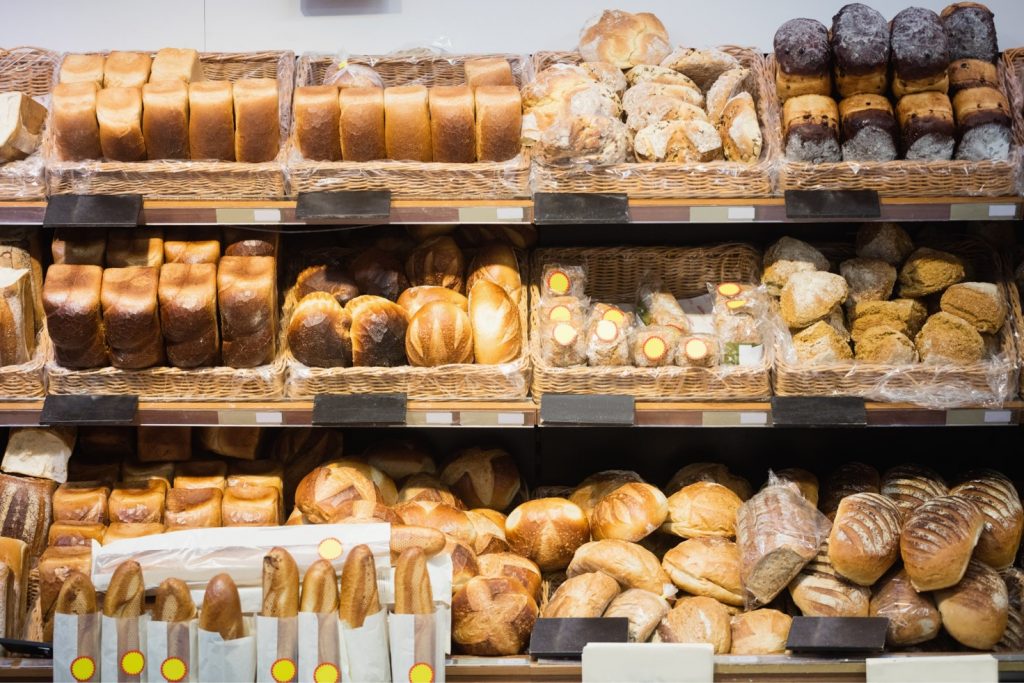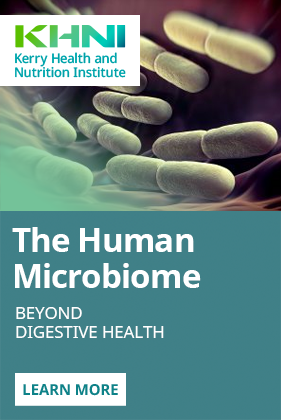
Each and every one of us want to live a happy and healthy life on this planet. We want to live in a way that feels good for ourselves, our family, our friends/colleagues and for our place of work. At present there are numerous and ever-evolving opportunities available to us to enhance our lives in a way that benefits the planet, society and the people around us. An important aspect of this is viewing and experiencing sustainability as a cost-advantage in both our personal and professional lives. Food is a common denominator no matter who we are and represents an interesting opportunity when it comes to sustainable production and consumption and learning to thrive in balance with nature. ‘A sustainable food system means producing and consuming food in a manner which provides for the health of all societies today, while retaining the capacity to meet future needs of a growing population, and all the while preserving the natural systems upon which we so fundamentally depend’.1 Eliminating or minimizing food waste is a tangible part of the food sustainability journey where consumers and food producers alike can actively mitigate with colossal potential for positive impact.
According to the U.N. Food and Agriculture Organisation if we reverse the current trend of food loss and waste we would preserve enough food to feed 2 billion people. This is more than twice the number of undernourished people across the globe. By eliminating/ minimising food waste we can nourish populations, decrease our environmental footprint and benefit economies. If we continue on our current path 1/3 of all food produced continues to be wasted, 690M people are hungry (more than the entire population of Europe) and the global economy is losing out on $940B annually.
A case study of bread and bakery
What causes food waste?
Bread and bakery as a category accounts for the largest volume of food lost/wasted globally and as such warrants closer examination.2 In some European countries such as Poland, bread and bakery products account for more than 50% of total food wasted, while one third of all bread that makes into market in America is wasted.³
Sustainable production and consumption require two main areas of focus:
-
- Technical solutions to support sustainable production along all stages of the supply chain
- Change of consumer behaviours towards responsible consumption

How to reduce food waste
Sustainable production: what can food manufacturers do?

The production stages ripe for improvement include manufacturing, distribution, and retail and at-home storage, with solutions constantly being sought to reduce product loss and spoilage at each level. At the same time, it is important to seek production efficiencies that will lower environmental footprints and improve sustainability profiles, all the while delivering the additional benefits of less variance, lower yield loss, and faster output. Today’s consumers are driving the trend with their demands for fresh, better-tasting products with cleaner labels that also meet their expectations around health and sustainability.
Enzymes are a tool widely used by bakery producers and considered star performers in terms of sustainability improvements in the production of food. Enzymes are sought after for their shelf-life extension abilities and specific product enhancement properties. Among many baking examples, specific amylase enzymes can release sugars from the starch in flour to generate sugars that the yeast can then utilize to optimize bread volume. Similarly, lipase enzymes can modify fats and lipids to form emulsifiers that help dough handling and bread texture. Maltogenic amylase, for instance, is used to slow the loss of moisture and the recrystallisation of starches in bread, thereby slowing down the “staling” process.
Enzymes are also useful for optimizing several production processes, the benefits accrue: less water and energy used; dough retard and refrigeration time reduced; and shorter production time overall.
Making crackers more sustainable with enzymes
Crackers are an example of where the application of enzymes can help reduce food waste and environmental impact by improving baking manufacturing efficiency. For cracker manufacturers, the challenges of improving production line efficiencies, minimising food waste and producing visually appealing crackers, are universal.
By skillfully applying enzymes during the production process, manufacturers can achieve an impressive cohort of results. For example:
-
- an increase in line efficiency to a striking 90%
- reduce food waste by 20%
- decrease dough development time by 50%
- prevent cracker shrinkage
- improve product consistency
- achieve the desired color and crispier texture
- decrease energy and water consumption
- reduce carbon emissions
- achieve significant cost savings
A key consideration for manufacturers of such products is the fact that the use of enzymes usually requires no changes to a product’s label or nutritional profile. Enzymes are considered “processing aids,” and do not require labelling in a majority of countries around the world. Furthermore, utilizing enzymes in the process allows for the elimination of the additive sodium metabisulfite (a reducing agent that makes the dough flexible for better processing), delivering the additional benefit of a cleaner product label.
Responsible consumption: what can retailers & consumers do?
A considerable amount of preventable bakery waste occurs during logistics/retail phases and at home/restaurant dining. In developing countries losses occur as a result of lack of infrastructure or mismanagement, such as inadequate conditions at warehouse, during transport and at point of sale. In developed countries 55% of total waste generated is as a result of people throwing away food at home. Consumer surveys have reported the root causes of waste to be ‘not paying attention to the expiry date on the packaging, over-shopping and the fact that bread generally has a short expiry date’.

Responsible consumption requires changing of consumer habits to consume better, waste less and eat less. Changing psychological habits which have been engrained in us since the age of mass consumerism takes time and conscious effort. Additionally, the topic of sustainability is often over-whelming. Best before dates versus use by dates can be confusing for consumers, resulting in consumers dumping food once either date is reached, and food unnecessarily wasted. There is a need to increase consumer awareness on the current precarious situation regarding food waste, educate on how they can help eliminate it and instigate action breaking it down into bitesize addressable pieces.
Research has also shown the negative impact food waste has on retail employees4:
-
- 9 out of 10 bakery employees are aware of how much food their bakery wastes each day
- 71% said their workplace has no stock management system in place to reduce waste
- One third of staff morale is affected by this fact
Upcycling food waste
Fortunately, innovative methods to upcycle food waste are coming to the fore. For example, producing beer from surplus bread. Bread and beer both use the same fundamental ingredients – grain, water, yeast, enzymes and flavourings. In some ways, bread is solid beer and beer is liquid bread. Circular economy models such as this have multiple benefits: reducing waste, cost savings, avoiding emissions, saving on water and creating an additional revenue stream. Importantly, the aim is to eliminate the creation of waste in the first place and provide nourishment to those in need. Secondly, look at innovative ways to upcycle in a way than is kind to the environment and benefits society.
Business benefits of reducing food waste
-
- Brands marketed as sustainable have experienced 7.1 times faster growth that those not5
- 1 in 2 global consumers willing to pay extra for food and beverage products that are devoted to solving food waste6
- 10-20% of revenue could be at risk by failing to meet these changing societal expectations around sustainability7
- By reducing food waste annual savings of $1,800 and €700 per household in the US7 and Ireland8 respectively are attainable
Food waste is a prevalent priority and one which weighs heavily on consumers and food industry employees alike. We have the potential to feed 2 billion more people with the food we currently produce globally. Working in favour of achieving this is the fact that each of us individually and further as a collective of food producers have the tools to hand to create real change for good and reduce food waste. Technical progress and innovation, persistence and commitment to doing the right thing and accepting individual responsibility are important factors as we strive for better.
-
Liz Lalor, BSc
Liz Lalor, BSc is currently a Global Marketing Manager for Kerry’s Applied Health and Nutrition team. She has a strong passion for sustainability and seeking out ways to help produce nutritious food that is kinder to the environment, people, and communities around the world. She holds a Bachelor’s Degree in Pharmacology from the National University of Ireland, Galway.
-
References
- Cambridge Institute of Sustainable Leadership, 2020
- Natural Resources Defense Council, 2017
- Statista, 2016
- NYU Stern’s Centre for Sustainable Business on U.S consumers, 2020
- Innova Consumer Survey, 2019. Average of U.K., U.S. and China
- Accenture, 2020
- U.S. Department of Agriculture’s National Household Food Acquisition and Purchase Survey (FoodAPS), 2019
- Environmental Protection Agency (EPA), 2021



